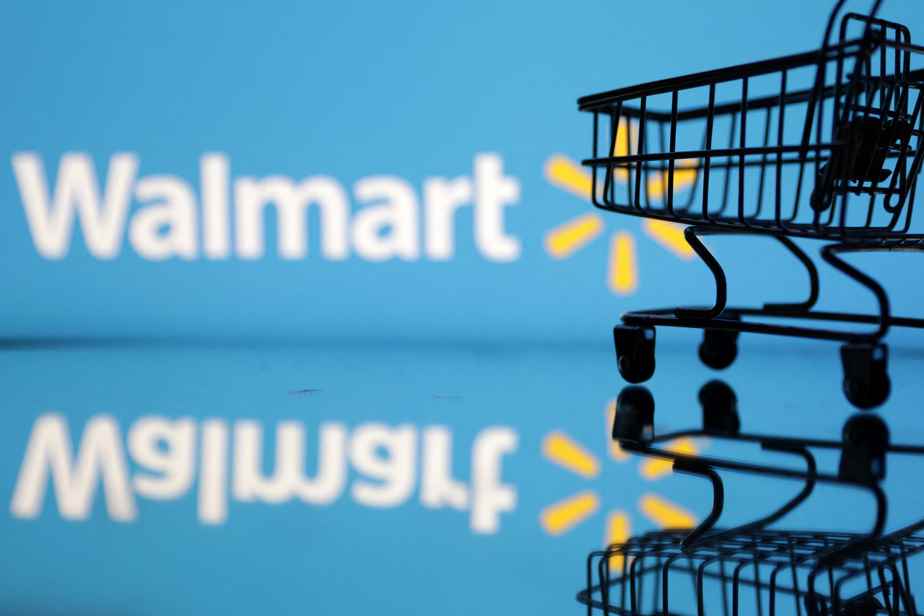(New York) The American supermarket chain Walmart sharply lowered its quarterly and annual profit forecasts on Monday, as customers spent more on food and gasoline due to inflation and less on other goods, generally at higher margins.
Posted at 5:17 p.m.
The group must therefore offer reductions on products other than food and gasoline to be able to sell its stocks, which also affects its profits, details a press release. The discounts relate particularly to clothing.
Walmart expects its operating profit to fall 13% to 14% in the second quarter of its fiscal year ending at the end of July, where it previously expected stagnation or even a slight increase.
And the supermarket chain forecasts operating profit for the year down 11% to 13%, well above the 1% decline previously expected.
Its turnover should, on the other hand, be higher than initially expected: the group expects sales growth of around 7.5% in the second quarter, and 4.5% over the year. , compared to 5% and 4% respectively previously.
“This reflects the fact that inflation has pushed more customers into Walmart,” a chain known for its low prices, “particularly for groceries,” notes Neil Saunders, retail sector specialist for GlobalData.
But at the same time, “as their budget is increasingly dedicated to everyday essentials”, they spend less on other categories.
Transport, wages, logistics
Walmart’s earnings warning also reflects ongoing issues in supply chains that are forcing it to take costly steps to reduce inventory, the analyst said. The group had already warned in May of having too many inventories.
The supermarket chain also faces higher costs for transport and wages, adds Mr Saunders.
In the end, like most chain stores, Walmart sees its turnover grow, but “struggles to maintain the high level of profitability of recent years”, comments the analyst.
The action of Walmart, which must reveal its final results on August 16, fell by more than 9% in electronic trading following the closing of the New York Stock Exchange.
Several other major consumer groups are due to release their numbers this week, including McDonald’s on Tuesday, Amazon on Thursday and Procter & Gamble on Friday.
Inflation accelerated further in June in the United States, reaching 9.1% over one year according to the consumer price index (CPI). This increase, the strongest over one year since November 1981, threatens growth insofar as consumption is the main engine of the US economy.
And while the labor market is still doing well, with an unemployment rate of 3.6% in June, consumer confidence in the country remains at a historically low level.
The Commerce Department is due to release its first estimate of U.S. gross domestic product (GDP) in the second quarter on Thursday. If, as in the first quarter, it appears to be falling, the country will theoretically be considered to be in recession.
